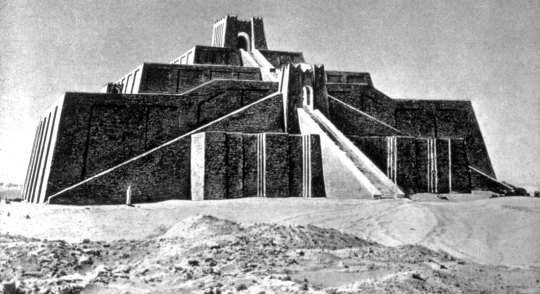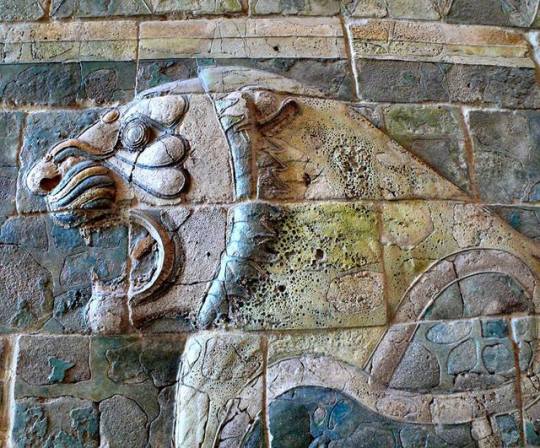Blog dedicated to the greatest ancient culture - Mesopotamia.
Don't wanna be here? Send us removal request.
Photo
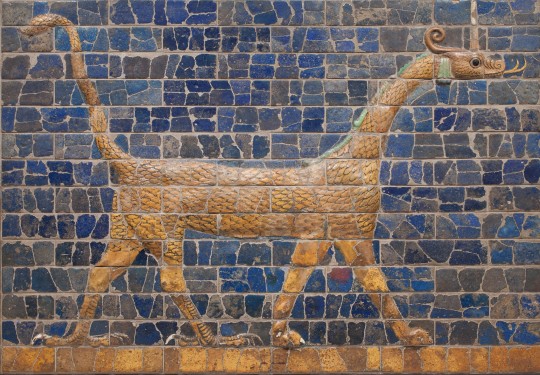
Mushhushhu dragon, Symbol of the God Marduk, from Babylon
2K notes
·
View notes
Photo
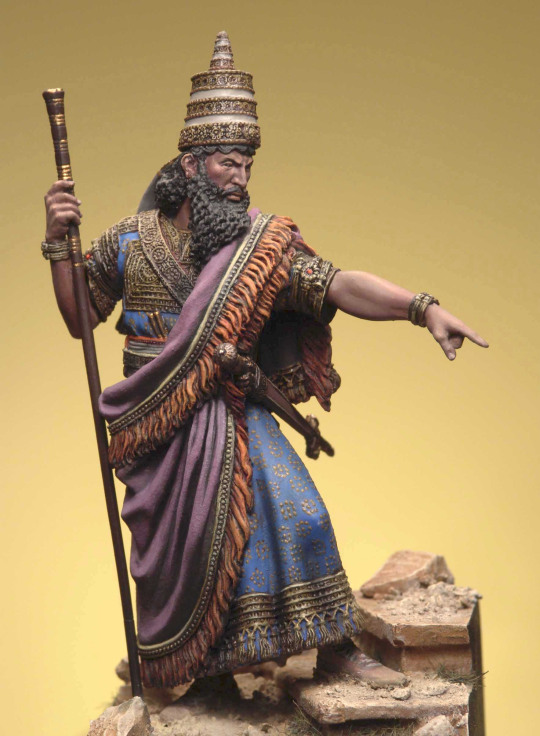
Sargon II, Assyrian King, 722-705 BC.
Sculpted by Adriano Laruccia
Painted by Jesús Gamarra
446 notes
·
View notes
Photo
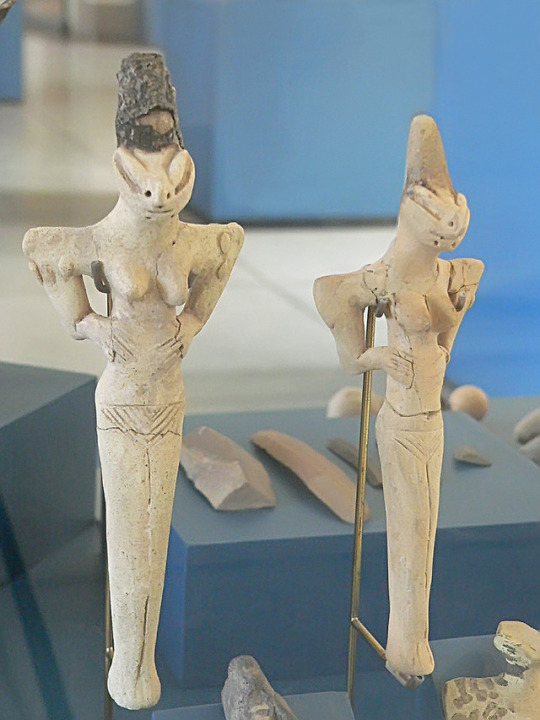
Two female figurines with bitumen headdresses ceramic Ur Iraq Ubaid 4 period 4500-4000 BCE by Mary Harrsch Via Flickr: Photographed at the University of Pennsylvania Museum of Archaeology and Anthropology.
376 notes
·
View notes
Photo
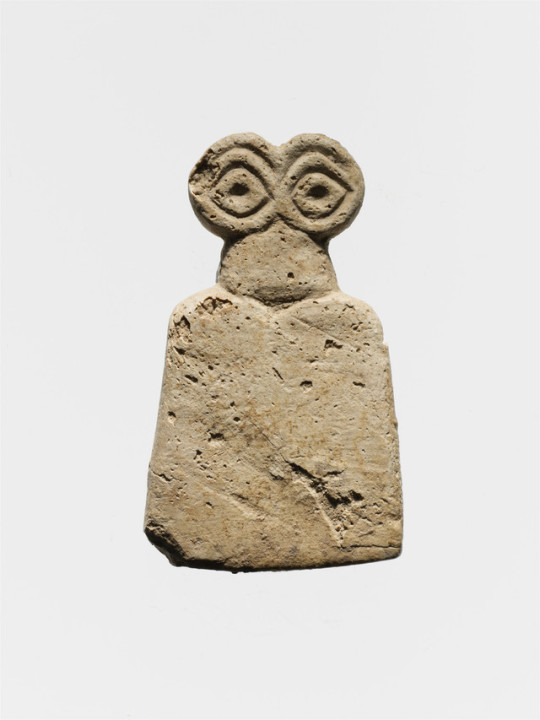
Eye idol, Ancient Near Eastern Art
Medium: Gypsum alabaster
Gift of The Institute of Archaeology, The University of London, 1951 Metropolitan Museum of Art, New York, NY
http://www.metmuseum.org/art/collection/search/324148
387 notes
·
View notes
Photo

Top fragment of a kudurru with a mushhushshu dragon and divine symbols via Ancient Near Eastern Art
Medium: Limestone
Rogers Fund, 1985 Metropolitan Museum of Art, New York, NY
http://www.metmuseum.org/art/collection/search/327048
521 notes
·
View notes
Photo
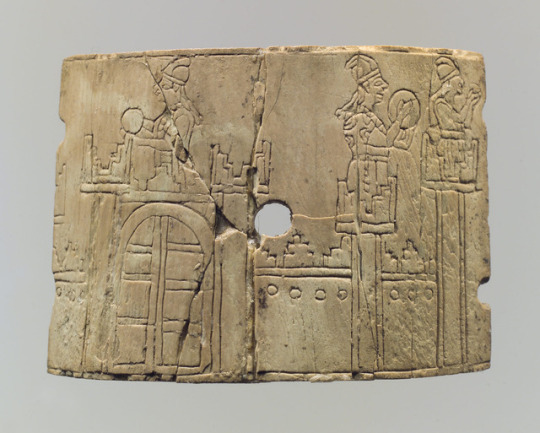
~ Incised cosmetic box fragments with a warrior and four women. Period: Neo-Assyrian Date: ca. 9th–8th century B.C. Geography: Mesopotamia, Nimrud (ancient Kalhu) Culture: Assyrian Medium: Ivory
412 notes
·
View notes
Photo
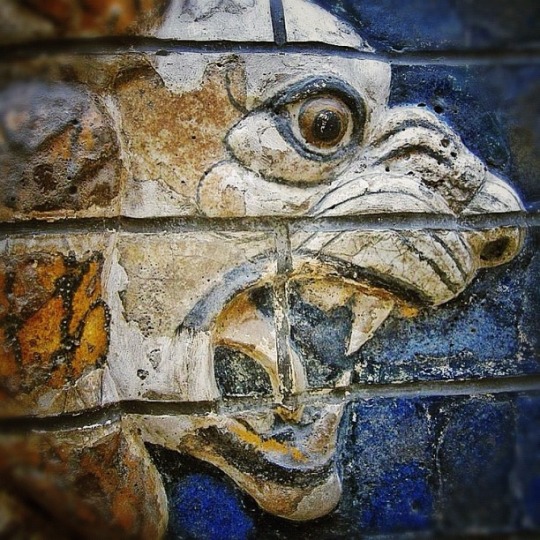
Babylon’s Ishtar Gate in Istanbul (ca.525 BC) Bibliothèque Infernale on FB
1K notes
·
View notes
Photo
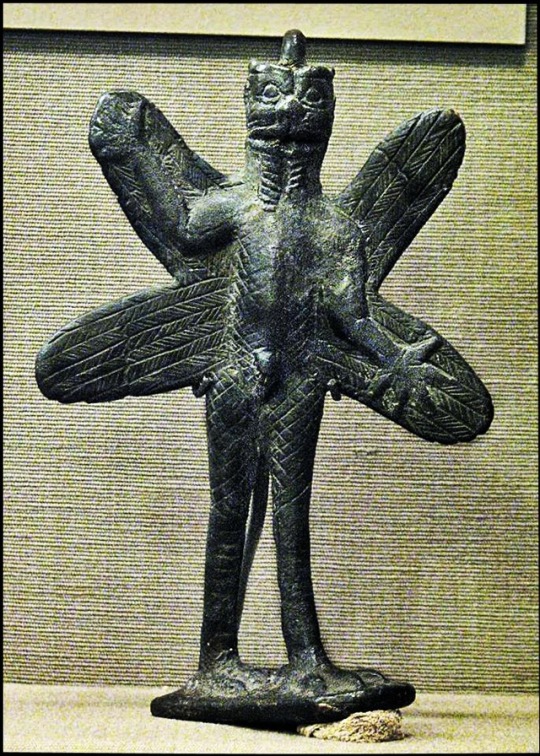
Amulet of Pazuzu, in Assyrian and Babylonian mythology, the king of the demons of the wind. Iraq, ca.900-612 BC. Bronze. Purchased in New York, 1943. – Or rather a replica by Comansi Toys for Boys & Girls. Bibliothèque Infernale on FB
Thanx Apocalyptic Midnight Death Cult
510 notes
·
View notes
Photo
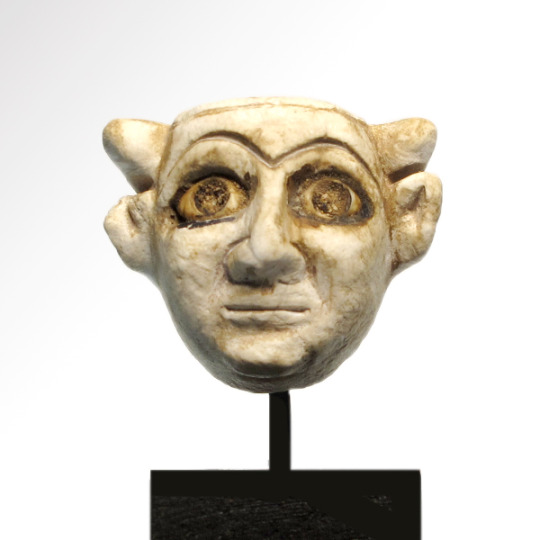
Sumerian Bull Man Head with Inlaid Eyes, C. 2500 BC
Made of steatite with bone or shell inlays for the eyes.
The bull man was an attendant of the sun god Shamash and is a magically protective creature warn and placed in houses and temples as a barrier to evil.
355 notes
·
View notes
Photo

~ Statue. Culture: Sumerian Place of origin: Near Eastern, Iraq Period: Pre-Sargonic Medium: Copper
2K notes
·
View notes
Photo

Depiction of Anzû –also known as Imdugud in Sumer: 3500 BC in the Uruk period–, lesser Mesopotamian deity, half god, half demon; half man, half lion-headed eagle, personification of the blazing southern wind and the ominous thunder clouds, in a relief discovered by British archaeologists in the Assyrian city of Nimrud, Iraq, in 1850, dated 9th century BC. Bibliothèque Infernale on FB
1K notes
·
View notes
Photo
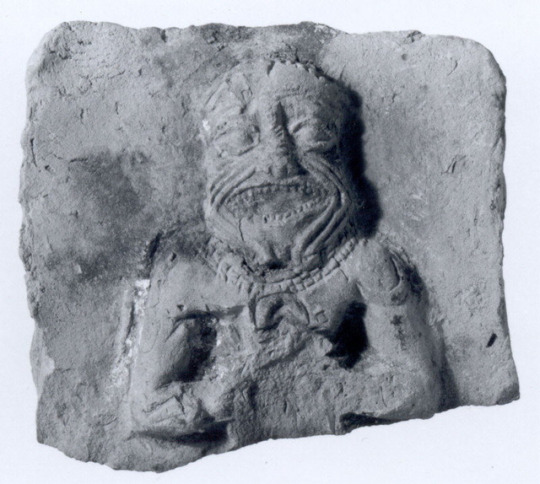
Plaque of Humbaba via Ancient Near Eastern Art
Medium: Ceramic
Gift of Mrs. Elias S. David, in memory of Elias S. David and Edward S. David, 1974 Metropolitan Museum of Art, New York, NY
http://www.metmuseum.org/art/collection/search/326164
226 notes
·
View notes
Photo


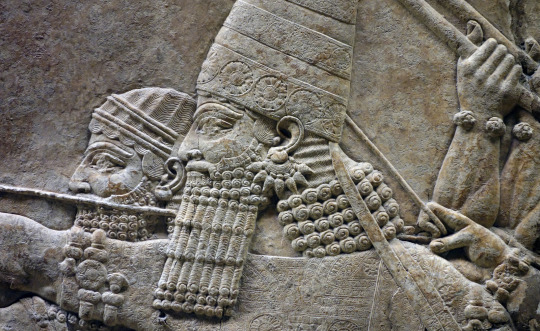
The lion hunts of Ashurbanipal -details from the hall reliefs of the Palace at Ninevah.
Assyrian king Ashurbanipal, who reigned 669-630 BCE, is shown in the first detail to be aiming his bow and arrow atop a chariot. The second image displays an arrow of his shot, flying in mid-air towards a lion. A close-up of Ashurbanipal is given in the final photograph to present the immense detail of these reliefs, for instance, note the intricate carvings which cover his clothing.
Artefacts courtesy of & currently located at the British Museum, London. Photos taken by Steven Zucker.
4K notes
·
View notes
Photo
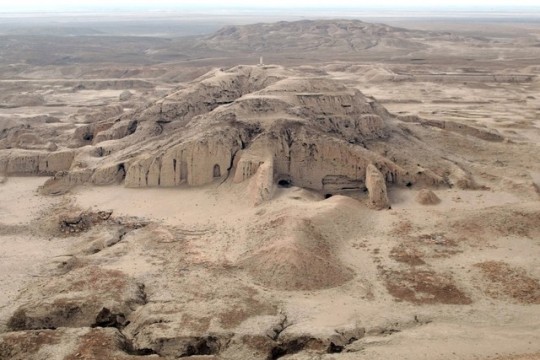
The archaeological site of Uruk (Warka), 30km east of Samawa, Iraq. The city’s walls were built 4,700 years ago by the Sumerian King Gilgamesh, hero of the eponymous epic. Essam Al Sudani / AFP
5K notes
·
View notes
